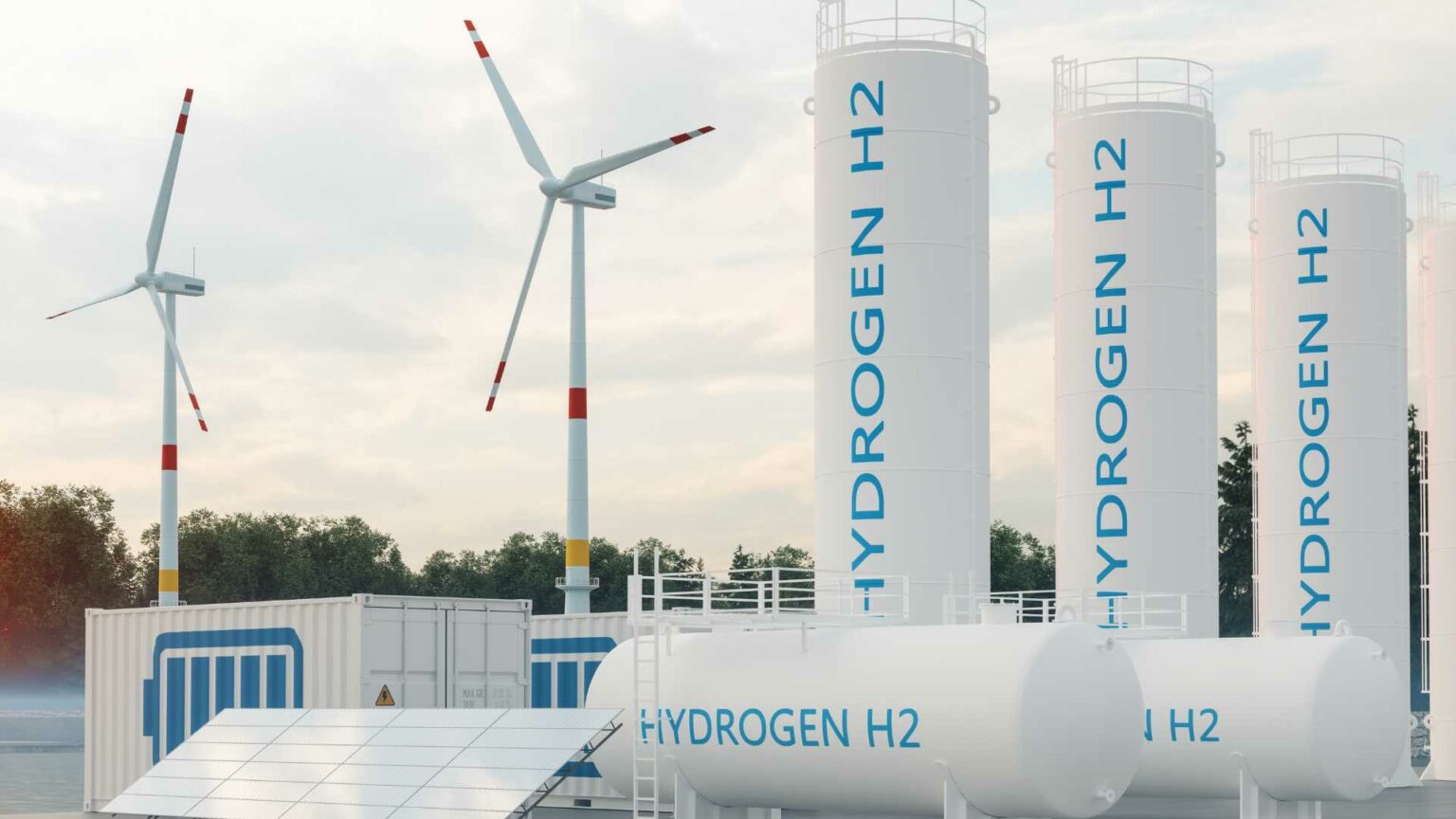Hydrogen production is an important process for clean energy. One way to produce hydrogen is by electrolysis, where water is split into hydrogen and oxygen using an electric current. In this process, the surfaces of metal electrodes play a crucial role. Recent studies have highlighted how ion-specific water structures at these metal surfaces can significantly impact hydrogen production efficiency.
Water molecules tend to arrange themselves differently when close to different ions. These arrangements, known as ion-specific water structures, can influence how easily hydrogen atoms are formed and released on metal surfaces. For instance, water molecules may form more stable structures around specific ions, making it harder for hydrogen to be liberated. Conversely, other ions may produce less stable water structures facilitating hydrogen release.
Researchers have found that the type of metal used for the electrodes also affects the water structure. Metals like platinum and palladium are often used because they provide good efficiency. However, the particular arrangement of water molecules on these metals can either enhance or hinder hydrogen production. Different ion types alter these effects further, meaning that the metal surface and surrounding ions must be carefully chosen for optimal hydrogen production.
Studies using advanced imaging and spectroscopy techniques have revealed detailed images of these water structures. These technologies show that slight changes in ion concentration can radically alter the water structure, showing how sensitive the hydrogen production process is to these factors.
Understanding how ion-specific water structures at metal surfaces affect hydrogen production can lead to more efficient methods for generating clean energy. By optimizing the choice of metal and the ionic environment, it is possible to improve the efficiency of hydrogen production through electrolysis significantly.
